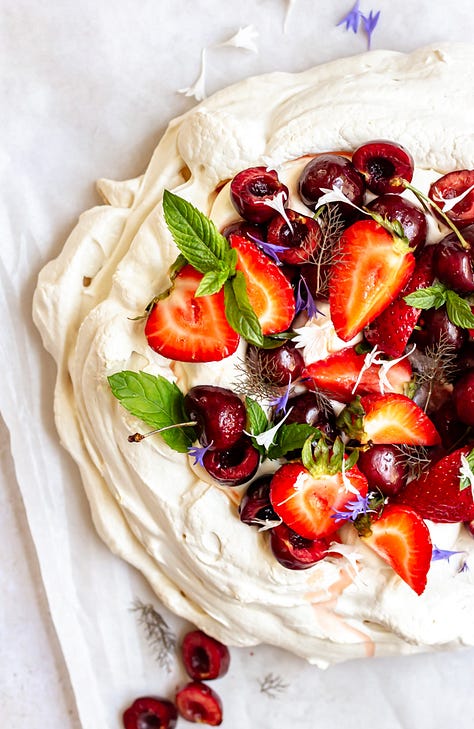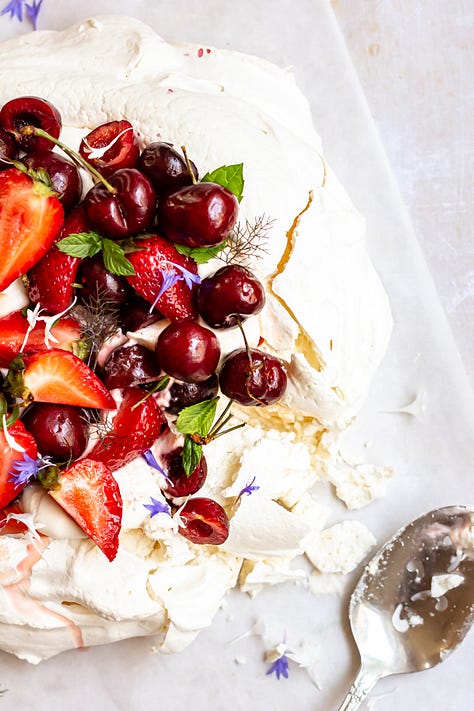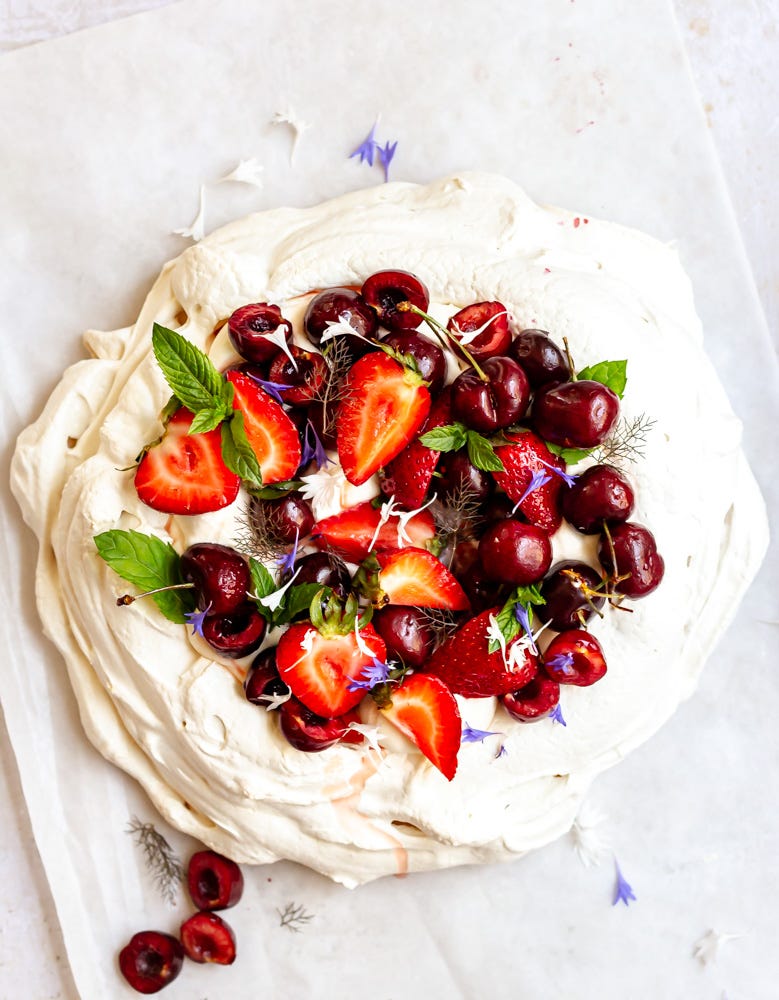I’m the type of person who likes everything to be done “right”. I like structure and order and knowing the correct answer to things. This can be an especially annoying trait when there is not one right answer or correct way for doing something (ie, parenting) and at times, I can find myself paralyzed, unable to make a decision out of this irrational fear that it may not be the right one. This happens to me often when it comes to choosing a place to eat. There are so many options for good food, and also many bad ones and the thought of wasting a night out on a mediocre meal can render me unable to make a decision at all.
I experienced this mental swirling in the kitchen this week when working on a new recipe for you. I have a long-running note on my phone replete with recipe ideas. As I scrolled through them, though, I felt a little trapped. There were many that sounded fun to embark on, lots that featured ingredients currently in season, but I didn’t feel any of them calling to me. So I waited. And I procrastinated. And I kept putting off playing in the kitchen until I had something more “inspiring” to work on.
Of course, that big, light-bulb-over-the-head moment never came because there’s rarely a perfect answer (something I’m working on remembering!). But I found a container of egg whites in the back of my fridge while cleaning it out and thought a little pavlova primer could be fun.



your best (and easiest) summer dessert
A pavlova is simply a crunchy meringue shell, filled/piled/topped with something creamy (whipped cream, curd, custard, etc) and loaded with fresh fruit.
It’s pretty and seasonal, everything can be made ahead of time, and it’s perfect for parties and gatherings.
The three main components are:
the meringue:
If you are interested in really diving into the nitty gritty science behind pavlovas, please go read Nicola Lamb’s Kitchen Projects newsletter on them. There is no one in the whole entire pastry world who’s work and research I trust more.
That being said, if you just want the basics, there are a few things to remember when meringue-ing.
Make sure everything is really clean! Any traces of fat will inhibit the whites’ ability to denature and create structure, so be sure there are no traces of yolk in your egg whites or spots in your mixing bowl.
Go low and slow. Add your sugar a little at a time over the span of a couple of minutes so that you don't weigh down the air bubbles being created by the whites and mix for a long time on a medium speed. Increasing the mixer speed to high can de-stabilize the meringue. When baking, use a very low temperature (I like 225° F) for at least an hour and then allow the meringue to cool completely in the oven before removing it.
Use “doctors”. Acids like lemon juice, white vinegar, or cream of tartar will help provide stability to the meringue.
the filling:
Here’s where things get fun! You can play around with creams and custards and all different flavors. I love a tart citrus curd to offset the sweetness of the meringue, but if you have great fruit (I’m looking at you, summer berries), plain whipped cream will really allow them to shine. I always use unsweetened whipped cream, again to offset the sugar in the meringue. It’s all about balance, baby.
the fruit:
The real stars of the show. Use literally any fruit you want! I like to macerate about half of the fruit in a little bit of sugar to create some juices to pour over the top. I also love incorporating as many fresh herbs as I can—mint, lavender, rosemary, fennel fronds, lemon thyme! Go crazy with the garnish!
a pavlova for summer
makes one large (9 inch round) pavlova, serves 8-10
Keep reading with a 7-day free trial
Subscribe to Pastry School 101 to keep reading this post and get 7 days of free access to the full post archives.





